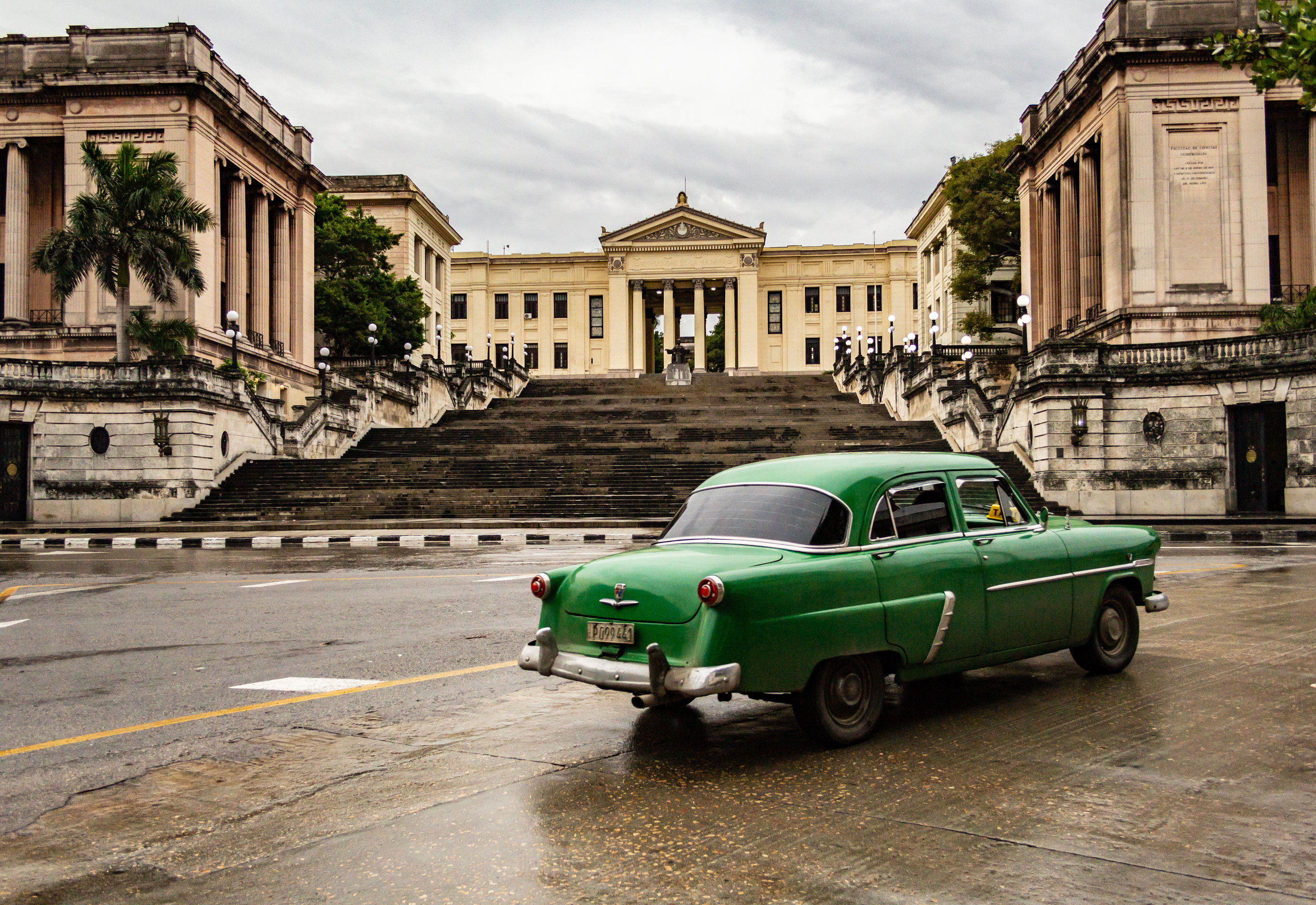By Francesca Bolfo
At the center of Old Havana just off the Plaza de Armas lies one of the city’s greatest artistic troves: the Taller Experimentál de Grafica. An experimental print workshop, the Taller offers a shared space for local printmakers to create and sell their work. One hot Tuesday afternoon, we ventured down a short side street lined with touristy tchotchke shops and cafes towards the Taller. We entered through a pair of massive, open loft doors, our eyes slowly adjusting from the bright, sundrenched streets to the cool, cavernous space of the workshop. The initial sight was almost overwhelming: myriad etchings, lithographs, woodblock, and multi-process prints hung on the walls and sat in stacks on wide tables lining the walls. The artists milled around, some talking to potential buyers while others worked or simply chatted with one another. Yet the space is not only dedicated to contemporary art—I realized that on display towards the front of the room were original lithostones bearing the marks of Cuba’s earliest cigar, produce, and rum labels. These designs really epitomize the fluid ontology of prints in general; they are simultaneously commercial advertising products, archival documents, and fine art works, demonstrating how integral printmaking is to Cuba’s sociopolitical, economic, and cultural history.
After some serious browsing, I wound up speaking to two artists whose work I was particular drawn to. After some softball bartering, I bought four small prints. Eager to learn more about their practice, I continued to plague them with questions in my cobbled Spanish, and both eventually wrote down their information and said to get in touch…via Facebook. For the first time in two years, I regretted having deleted my own account. But, more importantly, I was once more reminded of the complexities underlying life in Cuba and the opaque technological boundaries isolating the island. Alas, my chances of staying in touch with these artists, of keeping my finger on the pulse of such nascent Cuban art, are therefore slim. Yet every time I see their prints—now hanging on my apartment walls—I’m reminded of our interaction. Perhaps the most valuable thing about these images, then, are the memories they carry of a hot afternoon in Old Havana, imprinted just as firmly on the thick cotton paper as the artists’ marks themselves.
See a short video showing the space here:



























